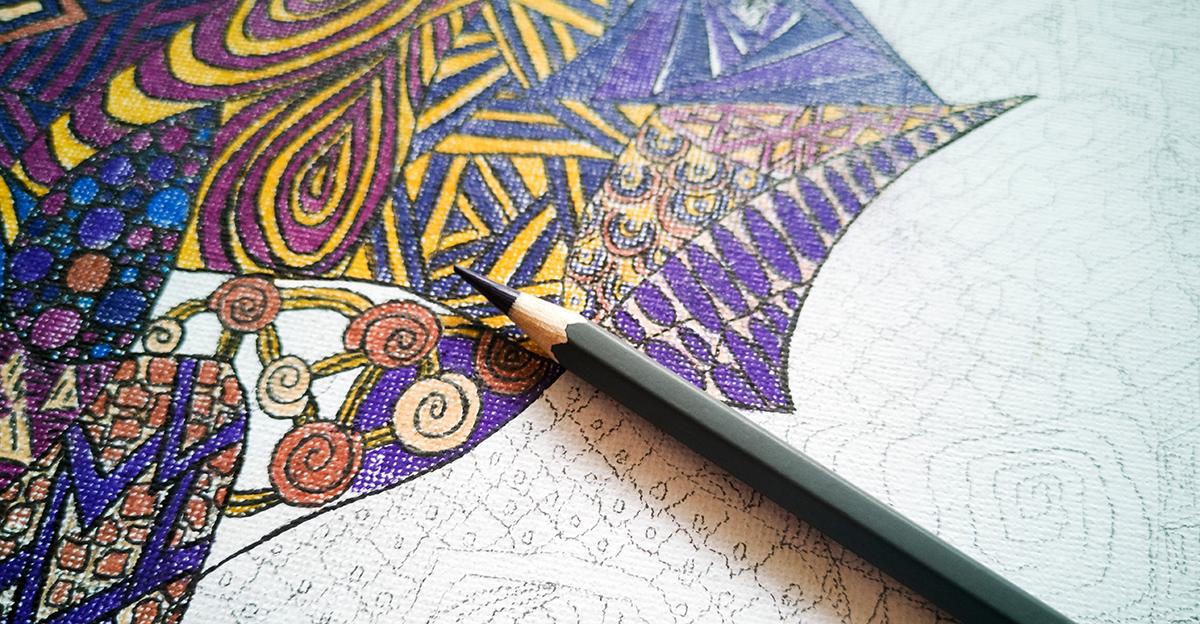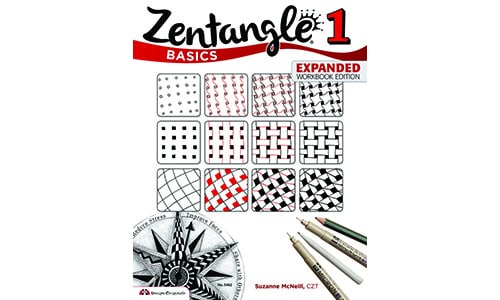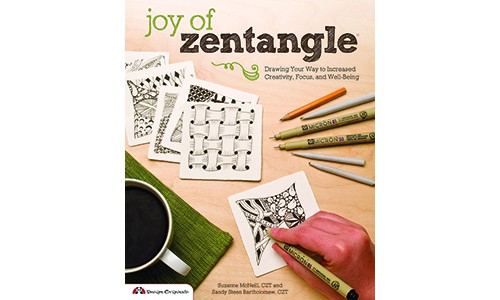Zentangle—or the art of creative doodling—is more than just a mindless art process or a way to create a fun piece of artwork. Zentangle techniques can boost concentration, bust stress, and even help with fine motor skills—three very useful effects for the typical classroom.
Key Benefits of Zentangle in the Classroom
While Zentangle has some basic setup steps, there is really no single perfect way to create art with this form. The freedom to create an interesting piece and to be fully creative is inspiring to many students and may help those who struggle with drawing or creating truly representative or figural pieces.
Improved Concentration and Focus
One of the key benefits of Zentangle for any age group is the improved concentration and focus that comes along with a session. Whether you are gearing up for a creative project or tackling an involved STEM project, loosening up first with a Zentangle can get the ideas flowing and help your class stay focused on the task at hand.
Relaxation and Stress Busting
The art of simply laying down lines and following the path you’ve created is incredibly relaxing. Introducing Zentangle before a standardized test-heavy week or in the days before a holiday break can help you create a serene classroom atmosphere. Once you introduce the basic skills, it is easy to revisit the topic any time you need a quick stress buster in the classroom.
Improve Fine Motor Skills
For those kids struggling with printing or cursive, Zentangle offers a more creative way to practice correct grip and the flowing lines needed for good penmanship. Students who struggle with grip or grading issues can benefit from fine motor work; creating a piece of art using Zentangle methods allows students to practice skills without following a regimented pattern.
Incorporating Zentangle into the Classroom
The best way to reap the benefits of Zentangle is to learn how the basic process works with a good beginner’s book. Once you master the process (which you’ll do in only a few moments), you’ll be able to create some examples and share the process with your students.
Make the most of the process by having each student make a Zentangle journal or notebook to work in. You can also create tangles on traditional paper tiles and then incorporate them into existing journals or art pieces. Each student will need a tile, card, or piece of paper, plus a pencil and a good-quality marker to start. Once your class gets the hang of the process, they can add color with colored pencils, crayons, and markers to create pieces that are truly original.
Using Zentangle techniques to create a calm environment, reduce stress levels, and prepare for heavy concentration tasks can improve outcomes and give students a much-needed creative outlet. So Zentangle today; it’s good for you!








Hi, Could you please recommend what is the right age to start this art form amongst children. And why?
Thank you
Hi Naren,
The article below cites a peer-reviewed study on Zentangle with children ages 3-5. It provides answers to many of the questions you may have on introducing the technique at an early age. Hope this helps!
https://zentangle.com/blogs/blog/introducing-zentangle-in-the-early-years